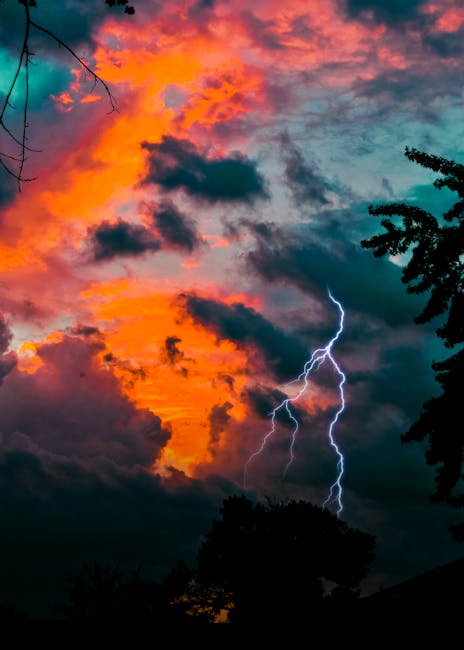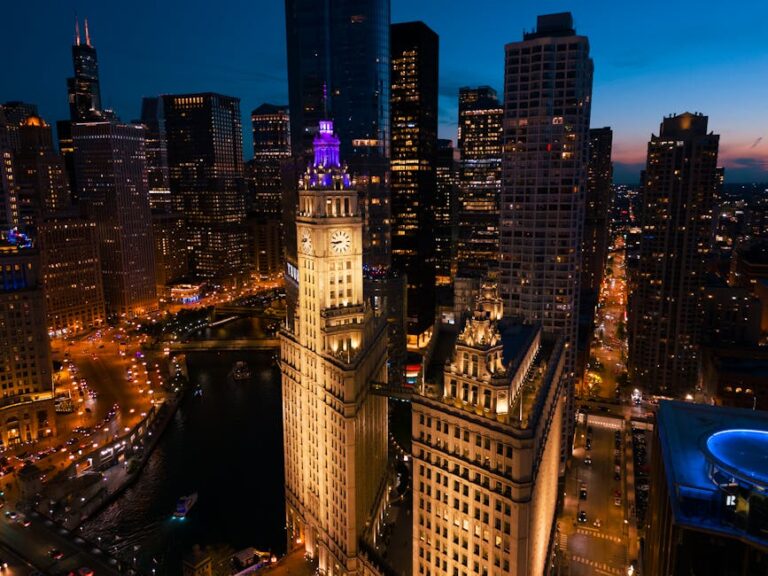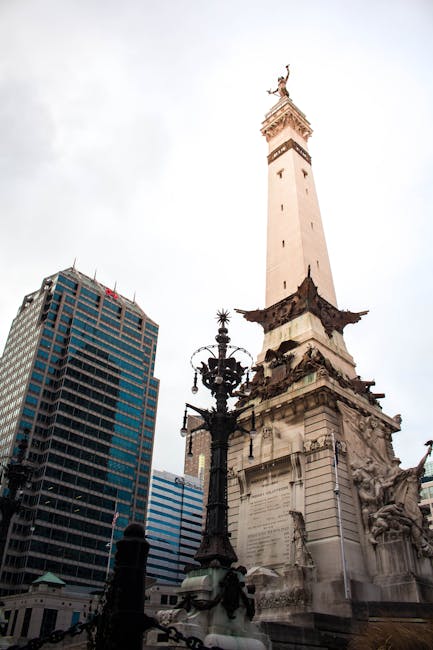Chicago Dust Storms: A Deep Dive into the Windy City’s Unexpected Weather Phenomenon
Understanding the Rarity and Impact of Dust Storms in Chicago
Chicago, renowned for its iconic skyline, vibrant culture, and often unpredictable weather, isn’t typically associated with dust storms. While the city experiences its fair share of snow, rain, and wind, the image of a dust storm engulfing the Windy City might seem incongruous. Yet, history and meteorology reveal that these events, though infrequent, are a part of Chicago’s atmospheric tapestry. This article delves into the phenomenon of dust storms in Chicago, exploring their causes, impacts, and the unique meteorological conditions that give rise to these unusual weather occurrences.
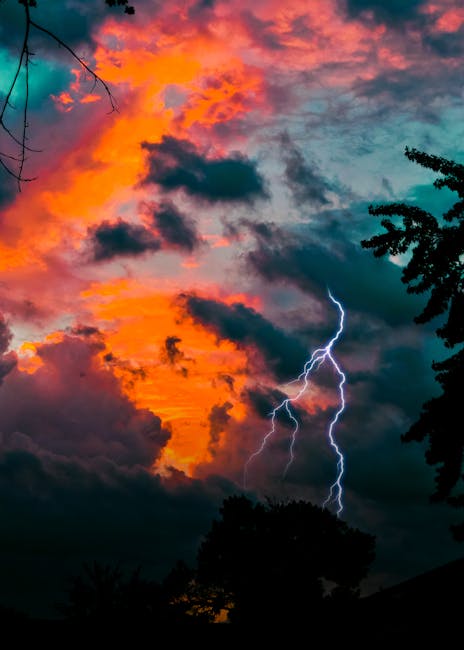
The Meteorological Mechanisms Behind Chicago Dust Storms
Dust storms are not simply strong winds carrying dust; they’re complex meteorological events involving a confluence of factors. In the case of Chicago, the primary ingredient is the availability of loose, dry soil particles. While Chicago isn’t a desert, agricultural areas surrounding the city, particularly in the Midwest, can provide ample dust sources, especially during dry periods. Strong winds, originating from various weather systems, act as the transporting mechanism, picking up and carrying these particles hundreds of miles.
High-pressure systems, often responsible for sunny and dry conditions, play a crucial role. These systems create expansive areas of low humidity, which dries out the soil, making it more susceptible to wind erosion. The prevailing westerly winds, particularly during spring and early summer when soil is less moisture-laden, then lift and transport the dust particles eastward, potentially reaching Chicago.
The geographical location of Chicago also contributes to its susceptibility. Its proximity to the Great Plains, a vast region prone to drought and dust storms, makes it vulnerable to the eastward drift of dust plumes. The lake effect, known for its influence on snowfall, can indirectly influence dust storms. While not directly generating them, it can alter wind patterns and potentially direct dust clouds towards the city.
The Role of Climate Change
Climate change, characterized by increasing temperatures and shifting precipitation patterns, can exacerbate the risk of dust storms in Chicago and across the Midwest. Prolonged periods of drought, intensified by climate change, further dry out soils, making them more prone to erosion. Moreover, the increased frequency and intensity of extreme weather events, such as severe thunderstorms and derechos (widespread, damaging windstorms), can contribute to dust storm formation by creating strong, gusty winds.
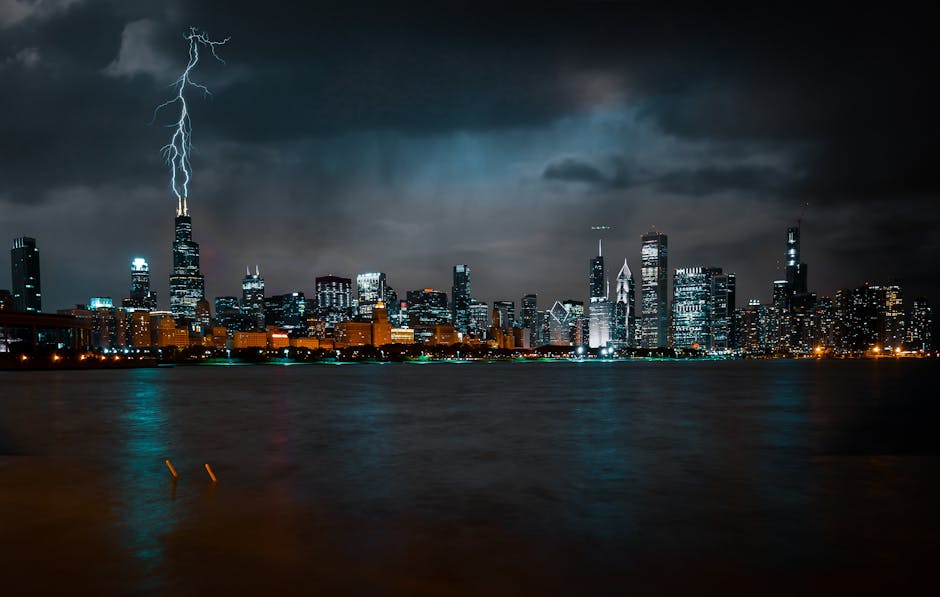
Historical Instances and Notable Dust Storms in Chicago
While not an annual occurrence, Chicago has experienced dust storms throughout its history. These events, often undocumented or overshadowed by other news, have nonetheless impacted the city’s residents and infrastructure. Historical accounts, though limited, suggest that certain years experienced more frequent dust events than others, likely correlating with periods of drought or particularly strong wind patterns. Newspaper archives and weather records from the late 19th and early 20th centuries are valuable resources for piecing together these historical occurrences, providing insights into their intensity and duration.
Researchers are increasingly using climatological data, coupled with historical accounts, to create a more comprehensive picture of Chicago’s dust storm history. This research helps identify patterns, predict future occurrences, and assess the potential impacts of these events.
The Impacts of Chicago Dust Storms: Visibility, Health, and Infrastructure
The immediate and most obvious impact of a dust storm in Chicago is reduced visibility. Dust particles suspended in the air can significantly impair visibility, leading to hazardous driving conditions and disruptions to air travel. This reduction in visibility can create accidents and delays, impacting daily life and transportation systems.
Health Concerns
Dust storms pose significant health risks. Inhalation of dust particles can exacerbate respiratory conditions like asthma and bronchitis, leading to coughing, wheezing, and difficulty breathing. Individuals with pre-existing respiratory or cardiovascular conditions are particularly vulnerable. The fine dust particles can penetrate deep into the lungs, potentially causing long-term damage. Moreover, the dust can carry allergens and pollutants, further worsening health impacts.
Infrastructure and Economic Impacts
Dust storms can also affect infrastructure. High winds can damage buildings, power lines, and trees. The accumulation of dust can clog air conditioning systems, requiring costly repairs or replacements. Furthermore, the reduction in visibility and associated disruptions to transportation can impact the city’s economy, affecting businesses and productivity.
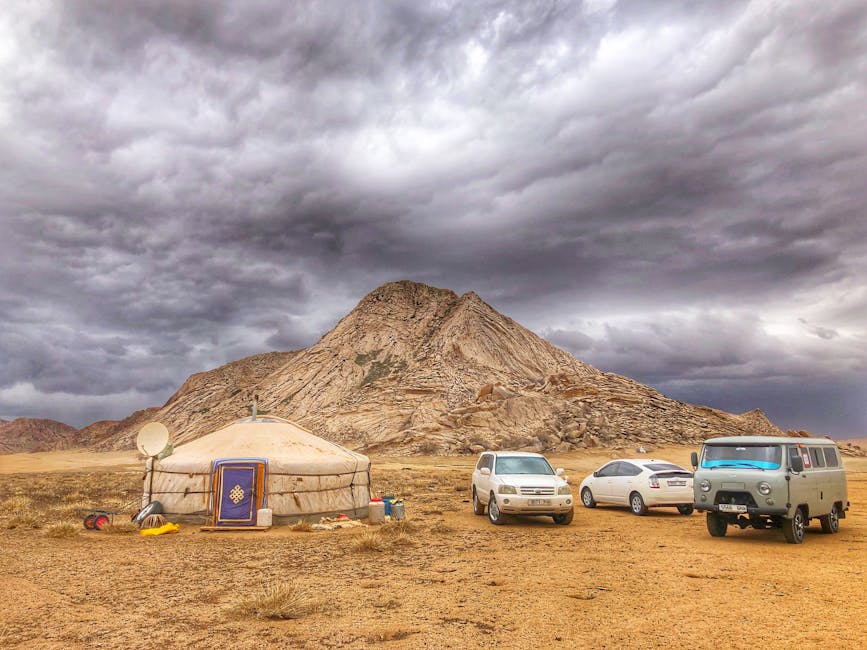
Preparing for and Mitigating the Effects of Chicago Dust Storms
While the frequency of Chicago dust storms might be low, preparedness remains crucial. Individuals should stay informed about weather forecasts and warnings. Monitoring weather reports and news alerts is vital, especially during periods of high wind or drought. Having an emergency plan in place, including essential supplies and a safe place to shelter, is a recommended precaution.
Mitigation Strategies
Addressing the root causes of dust storms requires a multi-faceted approach. Sustainable agricultural practices, including no-till farming and cover cropping, can help reduce soil erosion. Improved land management techniques and reforestation efforts can help stabilize soils and prevent dust formation. At a broader level, mitigating climate change is essential in reducing the frequency and intensity of droughts and extreme weather events that contribute to dust storms.
Research and Future Studies on Chicago Dust Storms
Continued research into Chicago’s dust storm history and potential future occurrences is necessary. Scientists and meteorologists can use advanced modeling techniques and climate projections to improve our understanding of the complex interplay of factors contributing to these events. This research can contribute to more accurate forecasting, allowing for better preparedness and mitigation efforts.
Further investigation is needed to fully understand the long-term health implications of dust storms, particularly for vulnerable populations. Studies focusing on the economic impacts of dust storms on Chicago’s infrastructure and industries are also crucial for developing effective strategies to minimize economic losses.
Conclusion: A Comprehensive Look at a Unique Weather Phenomenon
While not a defining characteristic of Chicago’s weather, dust storms represent a unique and potentially significant weather phenomenon. Understanding their meteorological origins, impacts, and potential future occurrences is essential for ensuring the safety and well-being of Chicago’s residents and for safeguarding the city’s infrastructure and economy. Through ongoing research, improved forecasting, and collaborative mitigation efforts, Chicago can effectively address the challenges presented by this unusual, yet impactful, weather event.
